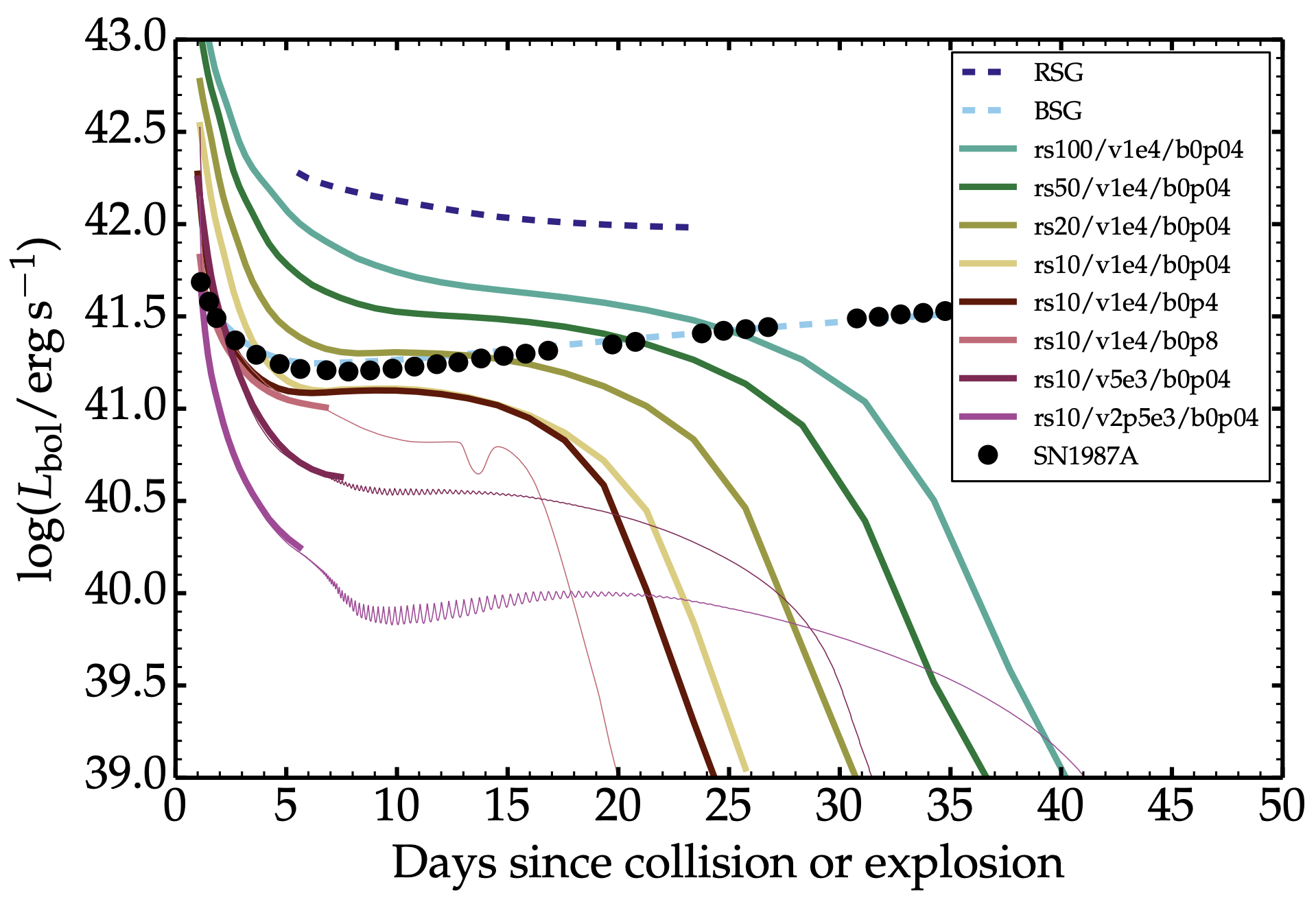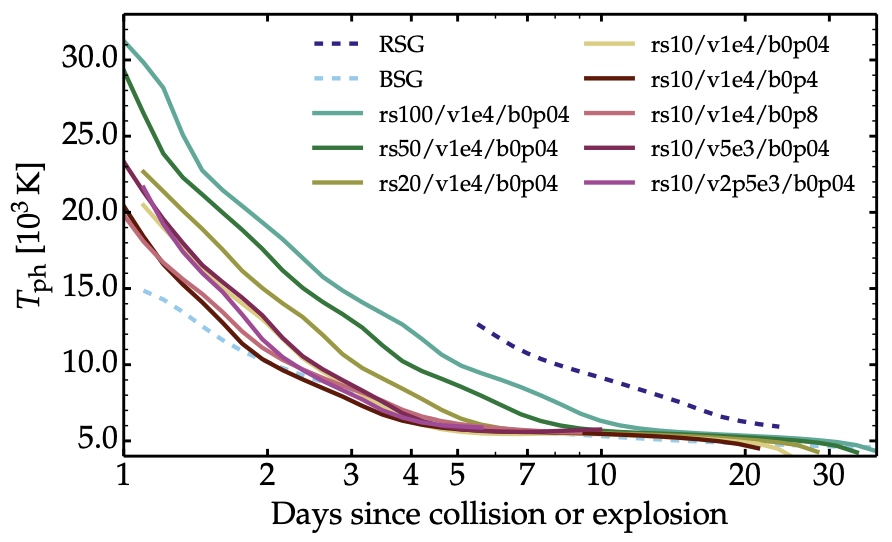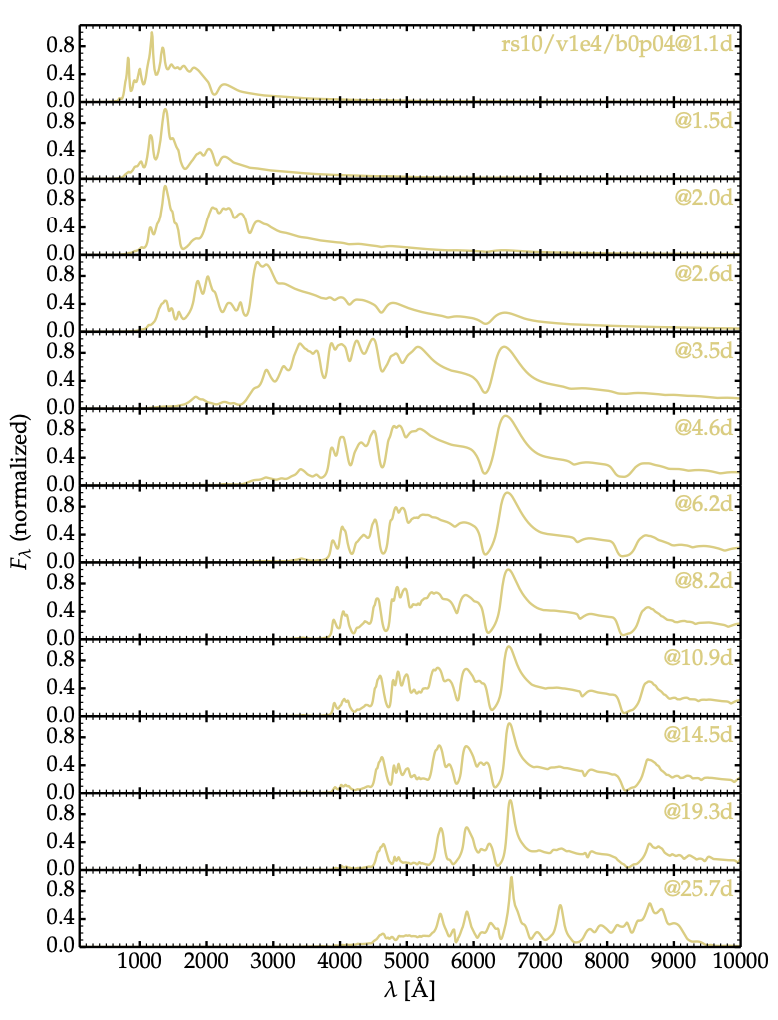Stars collide each other frequently in dense stellar environments, such as globular clusters and nuclear clusters. Depending on collision parameters (e.g., relative velocity, impact parameters, stellar mass, and stellar age), a variety of outcomes can be made. And their observational signature could be unique. My collaborators and I are investigating the observational signatures of high-velocity collisions in galactic nuclei using the two state-of-the-art codes MESA and AREPO. In this paper, we show that the outcome of the collisions is an homogolously, supersonically and quasi-spherically expanding gas cloud, generating a flare with peak luminosity as large as 10^{41}-10^{44} erg/s. Interestingly, a subsequent, possibly even brighter flare can be created by the interaction of the expanding gas cloud with a nearby black hole. The entire gas cloud can be gravitationally captured by the black hole and possibly accreted onto it. This could be a new venue for the growth of seed black holes. See our paper, which was chosen as a research highlight at MPA webpage!
See the example movie showing a collision between 1Msol giants (10Rsol) at an initial approaching relative speed of 10^4 km/s. See more movies here.
As a follow-up, starting from a sample of red-giant star collisions simulated with the hydrodynamics code AREPO, Dessart, Ryu et al. (2023, submitted to A&A) generate photometric and spectroscopic observables using the nonlocal thermodynamic equilibrium time-dependent radiative transfer code CMFGEN. We show that collisions from more extended giants or stronger collisions (higher velocity or smaller impact parameter) yield bolometric luminosities on the order of 10^43 erg/s at 1d, evolving on a timescale of a week to a bright plateau at ~10^41 erg/s, before plunging precipitously after 20-40d at the end of the optically-thick phase. The figures below show the bolometric luminosity and blackbody radius for several collision models (solid color lines), including those for the blue super-giant (BSG) explosion model and the red super-giant (RSG) explosion model, and the inferred values for SN 1987A.
This luminosity falls primarily in the UV in the first days, thus when it is at its maximum, and shifts to the optical thereafter. Collisions at lower velocity or from less extended stars produce ejecta that are fainter but may remain optically thick for up to 40 d if they have a small expansion rate. These collision debris show a similar spectral evolution as that observed or modeled for blue-supergiant star explosions of massive stars, differing only in the more rapid transition to the nebular phase. Such black hole-driven disruptive collisions should be detectable by high-cadence surveys in the UV like ULTRASAT.
The figure below shows the time evolution of spectra for the model for the head-on collision between 10Rsol giants with relative velocity of 10^4km/s.



